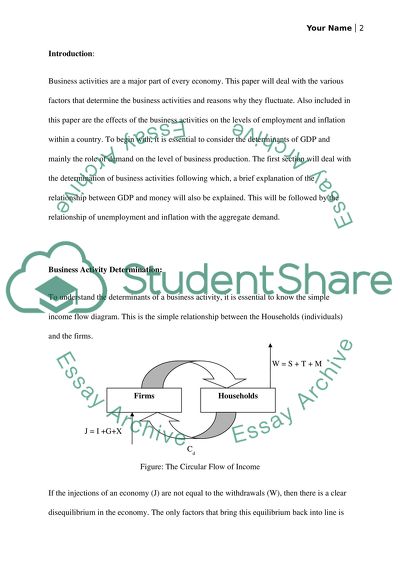Cite this document
(“Business Activities, Employment and Inflation Term Paper”, n.d.)
Retrieved from https://studentshare.org/macro-microeconomics/1559620-bussiness-activities-employment-and-inflation
Retrieved from https://studentshare.org/macro-microeconomics/1559620-bussiness-activities-employment-and-inflation
(Business Activities, Employment and Inflation Term Paper)
https://studentshare.org/macro-microeconomics/1559620-bussiness-activities-employment-and-inflation.
https://studentshare.org/macro-microeconomics/1559620-bussiness-activities-employment-and-inflation.
“Business Activities, Employment and Inflation Term Paper”, n.d. https://studentshare.org/macro-microeconomics/1559620-bussiness-activities-employment-and-inflation.


